Ertach Kernow - Morwenstow Cornwall’s most northerly parish
The Cornish parish of Morwenstow lies high on the northeast of Cornwall where border travel is more fluid as there the River Tamar our historic border with England only rises as a small stream at Woolley Moor. The spring which gradually grows as water drains into it lies in this sparsely populated parish, which has no major settlements and a population of just 891 in the last census. Morwenstow is a beautiful rural parish with fantastic coastal views from its high cliffs. it’s no wonder that its most famous resident Robert Stephen Hawker of Trelawny fame built his timber driftwood hut there overlooking the sea.
Morwenstow parish has no major towns or perhaps anywhere that could be considered even villages, just a scattering of hamlets and farmsteads, Crosstown, Eastcott, Shop, Gooseham, Woodford, and Woolley making up its near 8,000 acres. The church of St Morwenna and St John the Baptist stands close to the high cliffs with only the former rectory, built by the Reverend R S Hawker in the 19th century and buildings making up Rectory Farm close by. The next nearest settlement is the small hamlet of Crosstown has the Bush Inn and then Shop where the parish primary school, St Mark’s is located with the post office, community centre and convenience store. Perhaps its relative isolation has helped keep this rural parish less ruined by development and mass tourism with the main A39, also known as the Atlantic Highway, travelling through Stratton and Kilkhampton some distance away. There are no major tourist attractions once past the turnoffs for Boscastle and Bude, unless you include the church, Hawker related interests and of course the beautiful views and coastal walks.
One attraction is The Rectory Farm Tearooms located close to the church and just ten minutes’ walk to the cliff top. The owners describe it as ‘built in the 13th Century the house is filled with character; from the antique furnishings and slate floors to the open fires and original Oak Beams salvaged from the many ships wrecked along the North Cornwall coastline.’ With a fantastic range of local foods including lamb and beef reared on the farm it may be a way to travel but the menu sounds mouth-wateringly good. Testament to this is the number of awards the farm and tearoom have received over the years.
The walk to the cliff top across open farmland through fields, often with cattle quietly munching the lush grass, is not too arduous and pleasant. Once you reach and see the cliffs with the rocks below one can understand what a desperately dangerous stretch of coastline this was in the days of sailing ships during a storm. Here walkers can see Lundy Island some 12 miles distant off the coast. Once on the clifftop there is access to what is the smallest National Trust building, Hawkers Hut, through a gap and down a cliff path. Although not a difficult walk down it is sadly perhaps not accessible to folk who might have some mobility issues. The view from the top is stunning so it’s well worth going to the clifftop and seeing the coastline and distant island of Lundy. Hawkers Hut where he sat contemplating, composing and writing poetry whilst smoking opium was built by him out of driftwood collected from wrecks. Set slightly into the cliff it is roofed with turf and over the ages since Hawkers time has been visited by thousands of people, many who have left their mark on this small, somewhat dilapidated but for Cornish folk historically important place. It wasn’t here that Hawker wrote his now famous ‘Song of the Western Men’ better known as Trelawny, that was whilst living at nearby Coombe many years earlier.
The eminent 20th century Cornish historian Charles Henderson wrote of Morwenstow church ‘few churches can surpass Morwenstow in romantic situation or architectural interest. It is difficult to see why the Normans should have erected so fine a building at this remote place.’ The architect Edmund H Sedding was also very taken with the building and wrote extensively about it in his book on Norman architecture.
The church is a Grade I listed building with some Norman remains, built on the site of an earlier Saxon church. During the period of the Bishop of Exeter Thomas de Bytton in 1296 a document referred to the church as an ‘old and well-known structure’, which perhaps explains why a Norman church was built in this somewhat remote location, perhaps alluding to the earlier church building on this site. E H Sedding wrote that the chancel was of Norman construction, the buttresses of a more recent date, other Norman masonry consisting of the three western most arches and pillars of the north arcade. During the 15th and 16th centuries a south aisle was built and the doorway originally in the south wall of the Norman nave moved to the new southern wall, which included the addition of a porch. The tower was added in the 15th century holding a ring of six bells, four dating from 1753 and a further two from 1902. The pews have carved bench ends dating from the 16th century and the font is believed to be the original Saxon font, similar to the one at St Conan’s at Egloshayle which was originally at Lanteglos-by-Camelford. Designed by E. H. Sedding and carved by the famed Pinwill sisters of Plymouth in 1908 there is a large altarpiece, a reredos, in the chancel. The roof of oak shingles was replaced by R S Hawker with slate in the 1850’s when he also removed the box pews and undertook other restoration. Further work was done by J P St Aubyn in 1878 and a vestry added in 1887 with more restoration in 1904 and 1908. Perhaps the fame of Reverend Hawker has helped this church’s survival into the 21st century despite its somewhat remote location.
A carved and painted wooden figurehead depicting the figure of Caledonia holding a drawn sword and shield marks the nearby grave of the crew from the Scottish brig Caledonia, shipwrecked off Morwenstow in 1843 and erected in their memory. This is actually a replica with the original now safely preserved within the church. There are a number of other interesting crosses and chest tombs as well as memorials within the church, including one to Reverend Hawkers first wife Charlotte.
Within the grounds of the former rectory is St John’s Holy Well with its medieval well house. The water from the well was used in baptisms at the church and is documented as early as 1296. It was subject of a lawsuit in 1843 between Sir John Yarde Buller and the Reverend R S Hawker, both parties claiming ownership of the well, which Hawker won. The well is illustrated with Hawker and his dog in the Hawker memorial window in the church. The house itself is a Grade II* listed building built for Hawker in 1837 and described by him as in the ‘Old English’ style. It is said he chose the spot because that is where sheep sheltered, and they would know where the wind was less violent. Some of Hawkers own quirkiness was included within the design including the ‘eccentric crenelated and pinnacle chimney shafts, designed by Hawker, said to be modelled on the church towers of Stratton, Whitstone, North Tamerton his previous churches. The kitchen chimney shaft was modelled on the tomb of Hawker's mother. Above the door engraved in slate is the rhyme ‘A house, a glebe, a pound a day, A pleasant place to watch and pray, Be true to church, be kind to poor, A minister for ever more,‘ These were the days when the rector received payment from glebe lands, owned by the church and amounted to £365 per annum when Hawker arrived at Morwenstow. Amongst his famous visitor to his home in 1848 was Alfred Lord Tennyson who discussed his plans for his Arthurian poem with Hawker.
About half a mile south of the church is Tonacombe Manor a Grade I listed medieval manor house built during the early 16th century. Although it had some refurbishing during the late 16th century and some additions in the 18th and 20th centuries it was described by E H Sedding as an ‘exquisite old house’ and a ‘most delightful medieval home’. Pevsner in his Cornwall edition describes it as; ‘A romantic survival of a largely 16th century house in remote country that has retained its genteel charm’. It was of a double courtyard plan in the 16th century and today with its surrounding walls and gatehouse it has a fortified appearance. It is believed that some material may have come from the demolished Stowe House near Kilkhampton. Westward Ho! the historical novel published in 1855 by the author Charles Kingsley was partly written here.
The Coombe Valley is a beautiful part of Morwenstow parish with a number of other listed buildings, including the cottage that Reverend Hawker lived in during the 1820’s. The settlement at Coombe was first mentioned in 1439 when named Combe and the current settlements buildings from the 17th century, no doubt on earlier sites. Mentioned in the Cornwall edition of Lysons 1814 Magna Britannia it was in Hawkers time a larger hamlet of about 15 households, by 1890 only three remained. Coombe Mill features in Kingsley’s Westward Ho and has been there since at least 1694. One of the longest standing inhabitants at Coombe were the Tape family who were living there before 1840 and through to 1968. They were carpenters and Henry Tape, was a friend of Hawker, who baptised all of Henry’s children. Their home Ford Cottage and workshop are now owned and preserved by the Landmark Trust along with other buildings and available for holiday hire.
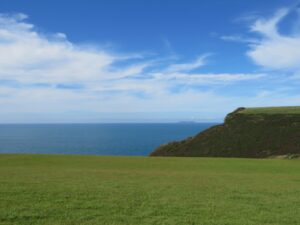

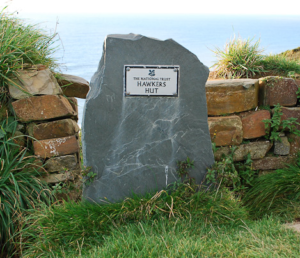
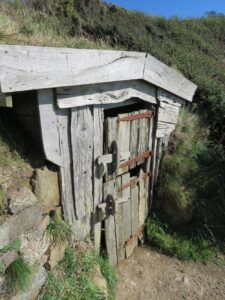
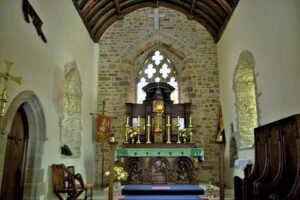
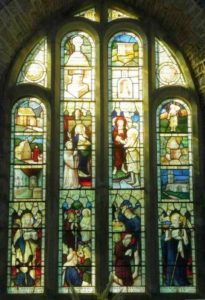

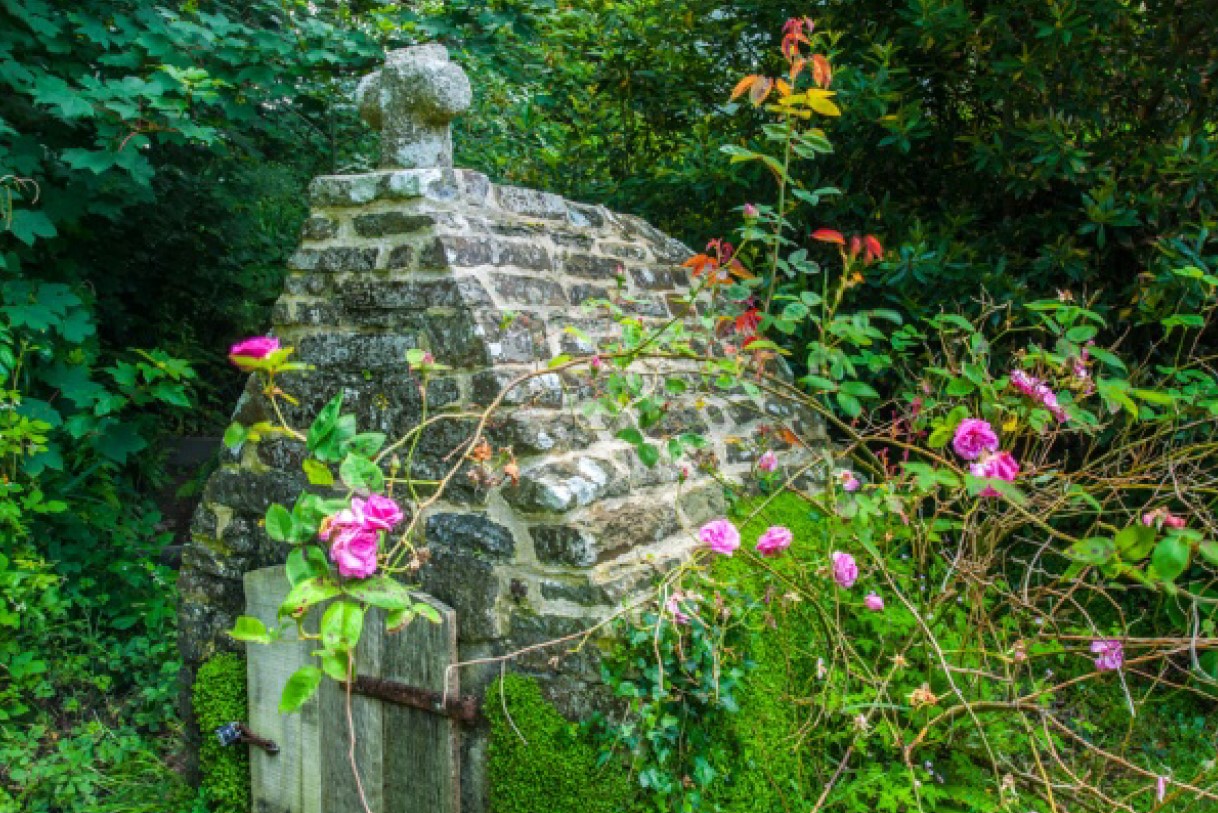
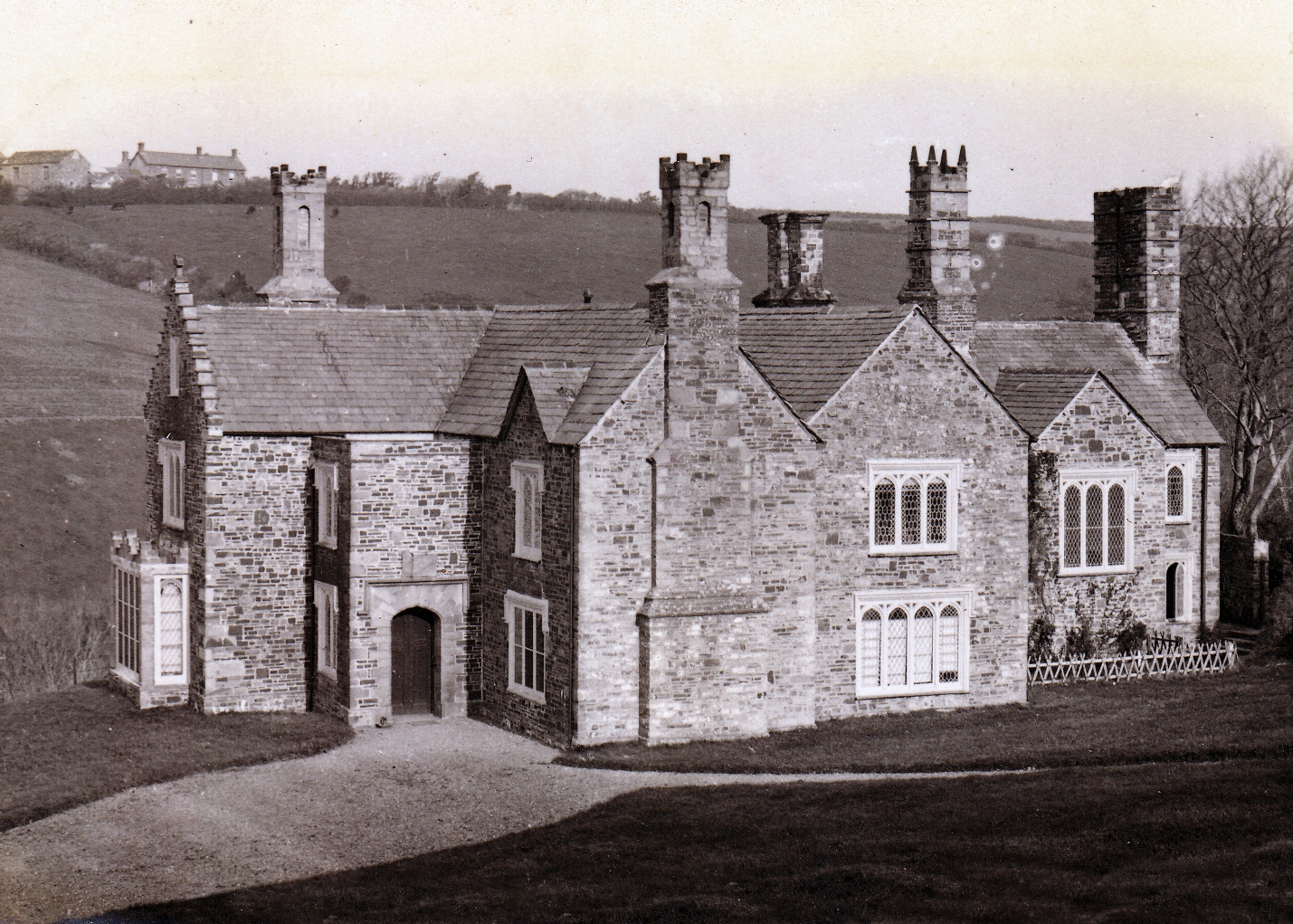
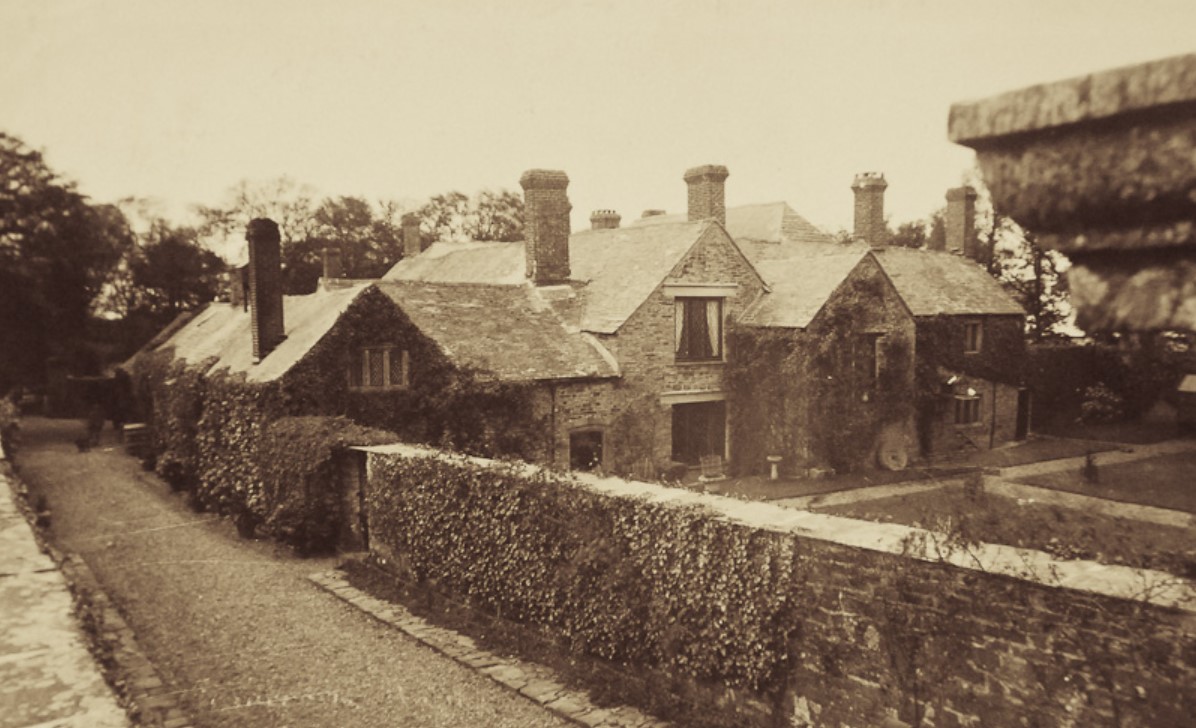
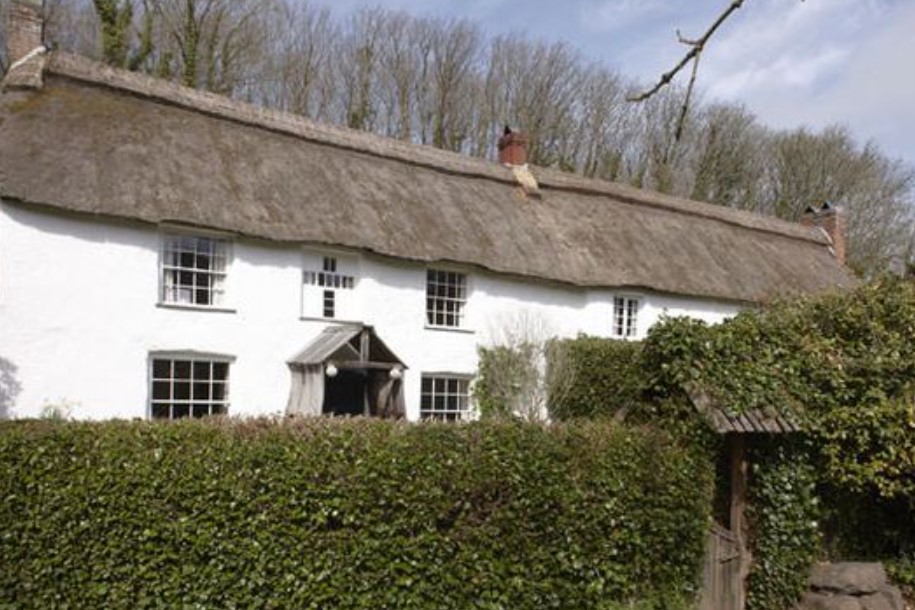
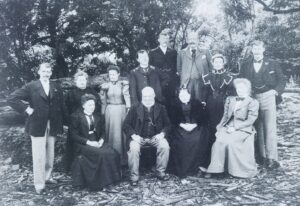
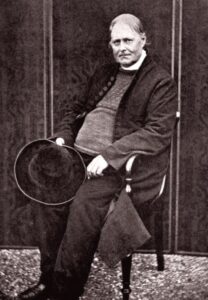
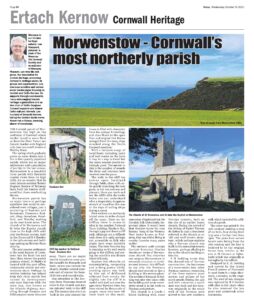
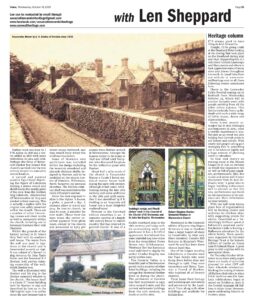
![[173] Ertach Kernow Heritage Column - 18th October 2023 - Forthcoming events & activities Ertach Kernow Heritage Column - 18th October 2023 - Forthcoming events & activities](https://www.cornwallheritage.com/wp-content/uploads/2023/10/173-Ertach-Kernow-Heritage-Column-18th-October-2023-Forthcoming-events-activities.jpg)